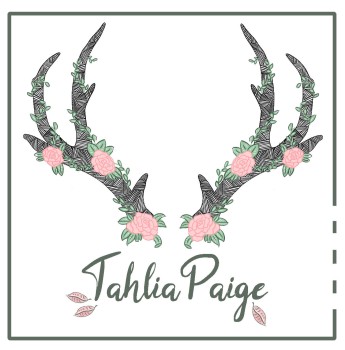Three years have completely flown by. ‘Exposure’ was my final module, to showcase myself as a professional designer and my work as cohesive pattern collections suitable for the market I’ve chosen. Research was a huge part of my work, not just at the start, but all the way through when needed. I used a number of sources for research, including first hand interviews, product research online, and techniques research to further my own making, even trying my own bird seed ‘tags’ to support my customers gardens. I think research is a strength of mine, I enjoy it and know how to use it to further my work and myself, I spent a lot of time on Skillshare and Careercake teaching myself how to do things and improve my employability too.
I am happy with the final collection, I made some key decisions along the way that I think improved it. Firstly I developed my style of drawing on Procreate, by practicing my drawing style and colour palettes by completing pattern contests each week with Spoonflower. My first decision was to stick to my green, pink, yellow scheme, or add in a blue that means each mini-collection would have its unique combination of three of the green, pink, yellow and blue colour scheme. I decided to implement this to set each mini-collection apart from each other a little but as a whole then you can see the colours throughout, this was a good decision but I found it harder to work with the colour combinations that I personally did not like as much as the others, meaning there were slightly less patterns because I did not feel as inspired.
I know my patterns are busy, I have tried layering before which gives it even more of a busy look, so I decided to avoid this and just fill my spaces with motifs of plenty of different sizes. As my designs are for quite small scale products, filling up those little fabric pieces is important and makes it stand out, this is what I wanted to go for. I justify this decision by looking at the final results, this is what I wanted to create and I think they suit the product market well. I also love tossed designs personally, and a lot of my patterns come from this, but I did branch out into linear designs, and stripes, half dropped designs, more variety than just the tossed designs. My heroes are tossed, but I do have the animals facing up the one way, I did not want the animals to be thrown in upside down so the heroes do have a right way to them, which suits something like a notebook, or a fabric bag, as it shows more of the animals in this style and I think shows off their detail.
I wish I had the resources to learn more about Illustrator, I watched a lot of Skillshare videos about creating patterns on there but it would run very slowly on my laptop, so my patterns were completed in Photoshop, which has now become second nature to me. A goal for the future will be to use Illustrator more, I made use of it in University and before I had Procreate to draw digitally, I would Live Trace my physical drawings into digital. I do recognize my achievement in pattern making throughout this year, I wish I had managed to get a grasp on it sooner but I think from Consultancy to now I have developed a lot, and the Spoonflower weekly contests help me a lot, I found myself critically looking at those patterns and exploring colour palettes and colour balance in patterns more, even creating coordinating designs to go along with the design I would create, which has expanded my online portfolio.
I think I handle re-doing things and improving things better now, I looked at my pattern boards critically and changed them, sometimes a small colour tweak, sometimes a whole new pattern, and learning to edit my collection down was important, because I created a large number of patterns and I knew it was important to pick the best ones that show my versatility and skills.
I started creating placement designs for each animal, they were simple middle placements that worked well, and I was going to put one of these on each pattern board, but I went back to this and also created top and bottom corner and header designs, so put one of each type of design on my pattern boards, and in my lookbook treated the other three animals as variations, so instead of four placements looking similar, one in each mini collection, I instead have sixteen placements, four different placement styles, showing one of each animal.
I hit a problem when it came to creating my lookbook, illustrator struggled and Acrobat, for editing PDFs, crashes when I try to open. I view PDFs using the internet, but I cannot edit them, so whenever I need to add or remove a page, I have to create it all over again using the Automate function on Photoshop. So I thought I could create the lookbook on Photoshop, but I did want the pages to show as a double page spread, I used A4 pages portrait for front and back covers, and A3 landscape for the double spreads, which I think was a good solution as I know how to use Photoshop and I think the end result is to a professional standard.
A lot of things I have discovered can be trial and error, patterns can be created with a number of colours, scales and motifs, it does not have to be perfect the first time. I think overall I have developed into a productive designer, I cannot wait to learn more about patterns and graphic design on my own in the future, but through experience I am refining my style independently, which I think is the ultimate goal for myself.






















































